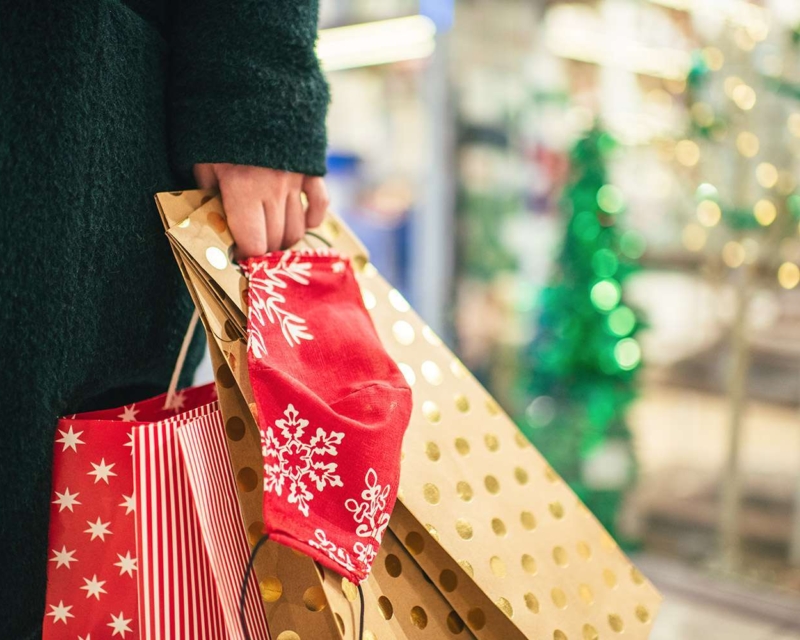Buy Now, Pay Later’ Expected to Drive $240.8 Billion in Holiday Sales
Online holiday shopping is projected to surge by 8.4% this season, with consumers expected to spend a record $240.8 billion between November 1 and December 31, according to Adobe’s latest figures. This marks a significant leap from the $221.8 billion spent during last year’s holiday period and reflects the growing influence of aggressive discounting strategies and the increasing popularity of “buy now, pay later” (BNPL) services.
The holiday retail landscape has evolved dramatically in recent years, and 2023 is no exception. Retailers are offering substantial discounts, with some price cuts reaching as high as 30%. These markdowns are set to encourage shoppers to “trade up” to higher-priced items that they might have previously considered out of reach. Categories like electronics, appliances, and sporting goods are poised to see substantial growth, with many consumers taking advantage of early deals to manage their holiday budgets more strategically.
Adobe’s analysis suggests that these discount patterns will lead to a material shift in shopping behaviors, with consumers spreading out their purchases over a longer period rather than concentrating them closer to traditional shopping holidays like Black Friday and Cyber Monday. The flexibility offered by BNPL services has further accelerated this trend, making it easier for consumers to buy now and spread payments over time, thus driving higher overall spending.
The combination of strong discounts and BNPL services is expected to generate over $2 billion in additional spending this year. Retailers are capitalizing on these changing dynamics, and despite broader economic uncertainties, they are anticipating a robust holiday season. This blend of savvy consumer budgeting, early promotions, and evolving payment options is transforming the way Americans approach holiday shopping—pushing total sales to record levels. As the season unfolds, all eyes will be on how these factors continue to shape consumer behavior and boost retail growth.






